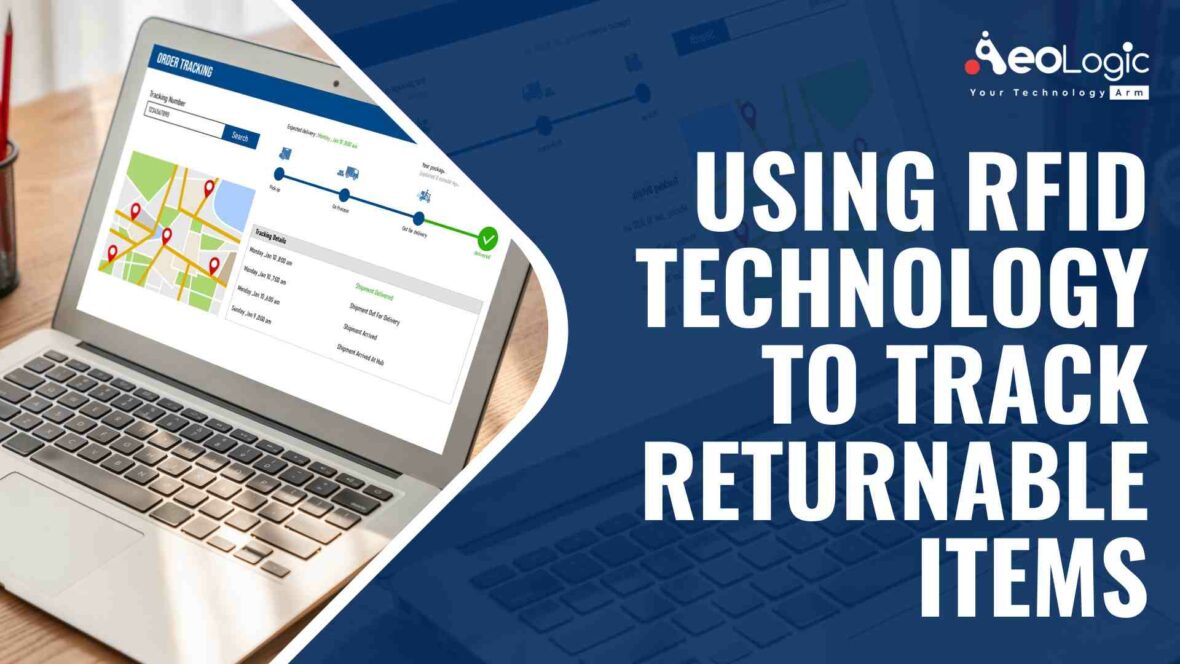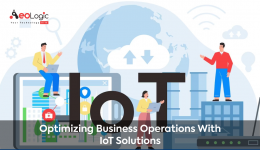As returnable items are moving from one place to another, be it through an airport, to a new location within a large site, or from a distribution center out into stores. There is always having a probability that they will be lost, misplaced, mishandled, or damaged, resulting in delays and unnecessary costs. The solution is- RFID technology track returnable items.
How RFID technology track returnable items
- For tracking Returnable/Reusable Transport Items, businesses are using radio frequency identification (RFID) technology to help improve the management of assets. The RFID system helps in identifying individual pieces of equipment and tracks them across different sites to ensure they are in the place where they are needed.
- Each RTI is fitted with an RFID tag. The unique identification numbers of RTIs fitted with a tag are then identified by a small number of strategically placed readers. Advances in technology is implying that it is no longer necessary to install readers at each doorway or choke point
- Location information is sent back to the central database where it can be analyzed. This database is allowing you to determine how many RTIs have been dispatched to a specific supplier or customer so you know which trading partner to contact for their return
- Integrating the system with your ERP system will help in providing company-wide visibility of your RTIs ensuring that required assets are available at the appropriate locations to fulfill any transportation request
Also read: Benefits of RFID Asset Tracking in the Supply Chain
Let’s discuss the following benefits of how RFID technology track returnable items
1. Enables faster auditing
Since returnable items come and go frequently whether that be from supplier to customer. Or between sites of the same company, hence tracking them using RFID technology can allow the user and the supplier to stay on top of what they have in their possession. Handheld readers can then be capturing information from many assets at a time and therefore speed up auditing in comparison to manual processes. Moreover, using fixed readers allow both parties to automatically track assets as they enter or leave a site which means inventory checks can take place a lot quicker and in turn reduce human error. This is helping both parties work out if any of the items are missing or should be elsewhere.
2. Helping prevent loss or theft of assets
Loss or theft of returnable packing is common. Therefore, resulting in an unnecessary cost for companies. RFID technology track returnable items and helps in providing higher asset visibility and accountability. This is because the readers that are picking up the unique ID of the tag send a signal to a database that records the location of the item. Hence, encouraging trading partners to look after the items. And ensuring they return and receive the correct number.
3. Eradicating bottlenecks and delays in the supply chain
This is again resulting in the movement of goods becoming impossible and leading to delays which can impact the timings of the whole supply chain and the reputation of the company.
Also read: How Did Foam Company Improve Warehouse Efficiency With RFID
4. Increasing accountability and reducing asset damage
Tracking returnable items is increasing accountability. This implies that you can identify which of your trading partners are likely to damage your roll cages, containers, or other assets. So, you can charge them for the replacement of these assets.
Boost your business with our RFID Solutions!
Conclusion
Whether you are managing tote boxes, stillages, containers, pallets, roll cages, or any other items. Knowing the whereabouts or the exact number of your returnable transport items can be tricky. And bring avoidable costs. Tracking these items with RFID technology can defeat these problems. And provide a long-term solution that ensures items are in the right place at the right time. Which in turn can improve asset utilization.
Contact us today and a member of our team will be happy to help if you are looking to explore RFID in your company.
FAQs
What is RFID and how does it help track a product?
With the help of a portable RFID reader built into a mobile computer. Staff can easily scan one or more asset tags without having to physically check the tags.
How RFID can be implemented for locating and tracking people?
Subsequently, active RFID location tracking uses powered tags, which contain an internal battery. Hence, this energy source is allowing the tag to send out a strong. As well as continuous signal that an RFID tracker and locator can pick up.






